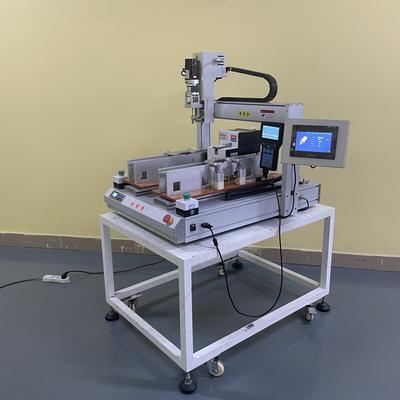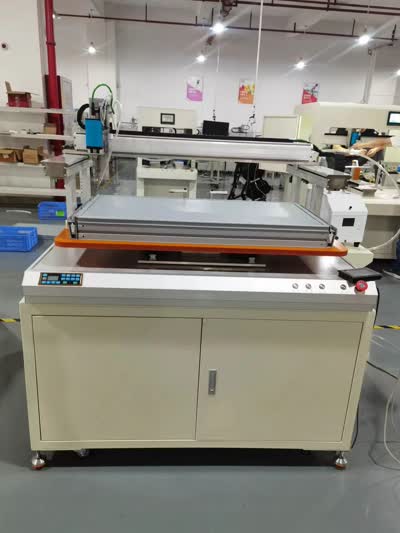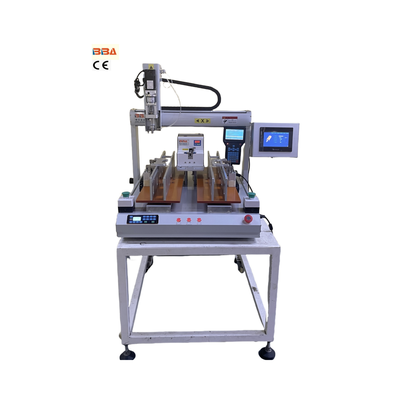High-Speed Screw Locking Equipment Wear Management | Preventive Maintenance Guide
High-speed screw locking equipment is a critical component in modern assembly lines, driving efficiency and productivity in manufacturing environments. However, the very nature of its operation—repeated, rapid, and high-torque fastening—makes it susceptible to wear and tear. Managing this degradation is essential to maintaining equipment longevity, ensuring consistent product quality, and minimizing unplanned downtime.
Wear in screw locking equipment typically occurs in several key areas: the spindle, gears, clutch mechanism, and bit holders. Factors such as excessive torque, misalignment, poor lubrication, and contamination accelerate this process. Over time, worn components can lead to inconsistent torque application, thread stripping, or even complete equipment failure. These issues not only affect the reliability of the assembly process but also increase maintenance costs and risk production delays.
Proactive maintenance is the first line of defense against wear. Regularly scheduled inspections allow technicians to identify early signs of degradation, such as unusual noises, reduced performance, or visible damage. Replacing high-wear parts like bits and clutches before they fail can prevent more extensive damage to the system. Using high-quality, compatible components designed for high-speed operation further enhances durability and ensures optimal performance.
Lubrication plays a vital role in reducing friction and heat—the primary contributors to wear. Applying the correct lubricant at recommended intervals minimizes metal-on-metal contact and dissipates heat effectively. However, it is crucial to avoid over-lubrication, which can attract dust and debris, leading to abrasive wear and potential clogging of moving parts.
Another effective strategy is the implementation of precision alignment and calibration. Misalignment between the screwdriver bit and the fastener creates lateral stresses that accelerate wear on both the tool and the workpiece. Ensuring proper alignment reduces uneven load distribution and minimizes mechanical strain. Regular calibration of torque settings also helps maintain accuracy and prevents over-tightening, which contributes to component fatigue.
Advanced monitoring systems can significantly enhance wear management. Integrating sensors that track parameters such as torque, speed, and temperature in real-time enables predictive maintenance. By analyzing trends and detecting anomalies, these systems provide early warnings of potential failures, allowing interventions before catastrophic breakdowns occur. This data-driven approach not only extends equipment life but also optimizes maintenance schedules and reduces costs.
Operator training is equally important. Educating personnel on proper equipment handling, recognizing signs of wear, and adhering to maintenance protocols fosters a culture of accountability and care. Well-trained operators are more likely to use tools correctly, report issues promptly, and contribute to overall equipment reliability.
In conclusion, managing wear and tear in high-speed screw locking equipment requires a multifaceted approach combining preventive maintenance, lubrication, alignment, monitoring, and training. By adopting these practices, manufacturers can enhance the durability and performance of their automation assets, ensuring sustained productivity and reduced total cost of ownership.

| Product Name | Applicable industries |
| Dual Head Screwdriver | Electric Bicycle Assembly |


